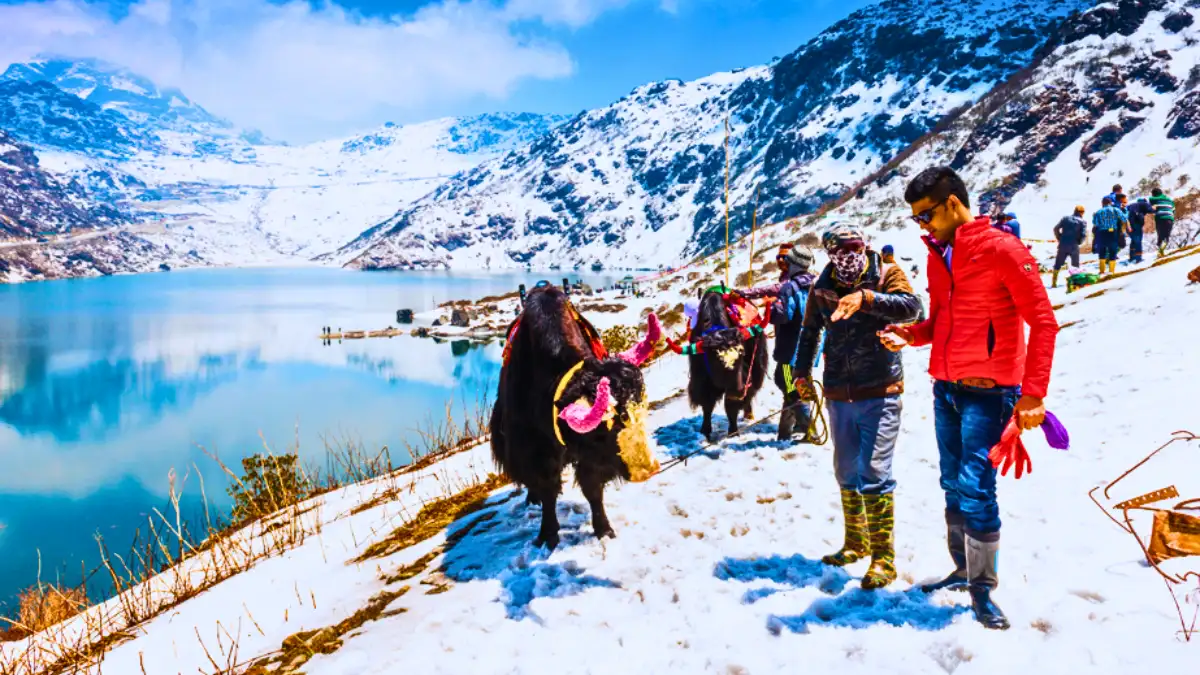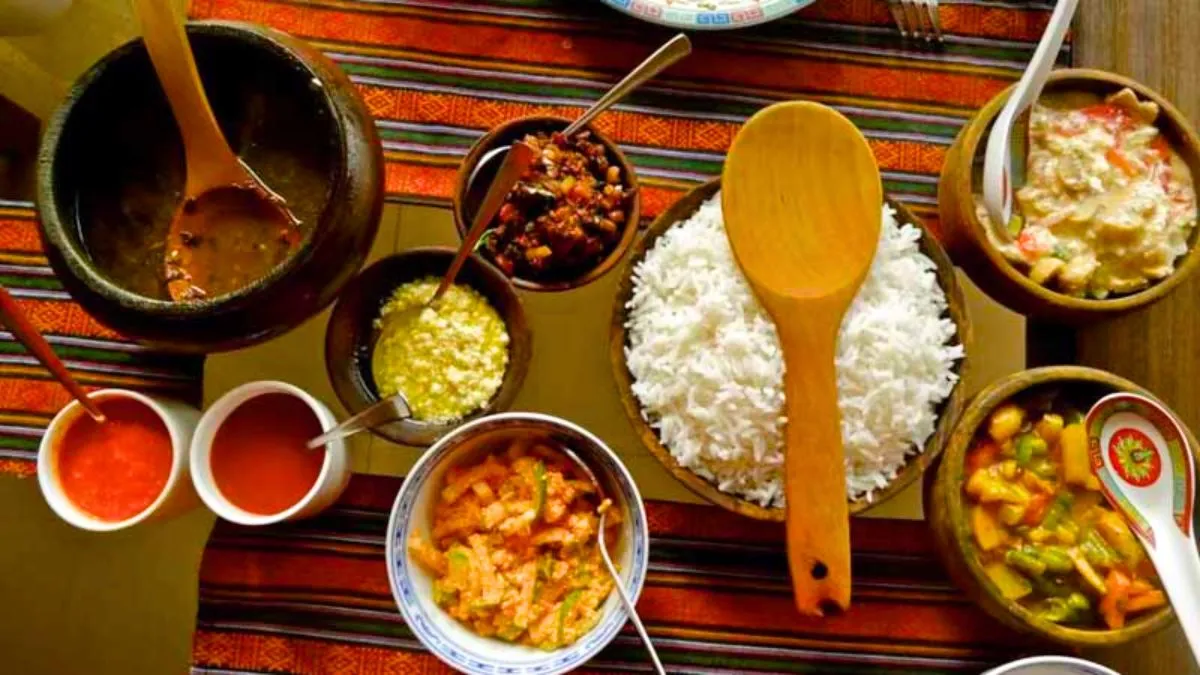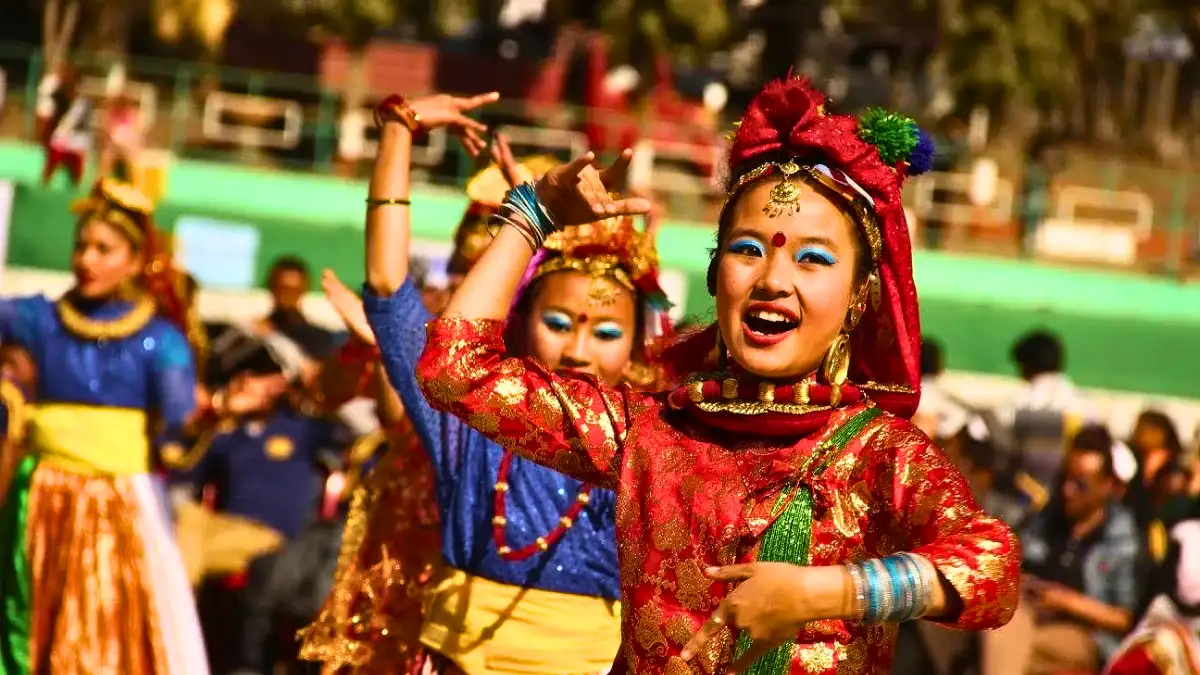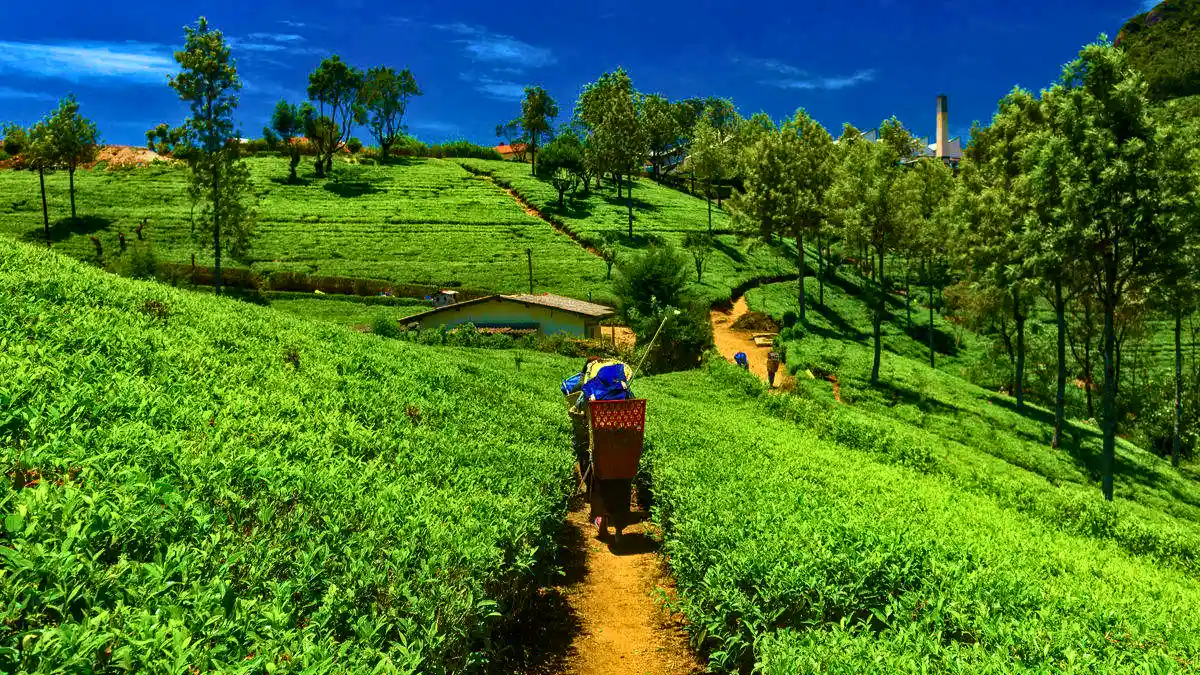Northeastern India’s Sikkim region provides breathtaking scenery, a vibrant culture, and adventure. Savor the Gurudongmar Lake, Yumthang Valley, and Kanchenjunga. Celebrations such as Losar and Saga Dawa attract attention to traditions.
Activities include riding, paragliding, Goecha La Trek, and rafting in Teesta and Rangeet. Culture is enhanced by the contributions of Nepalis, Bhutias, and Lepchas. See the monasteries of Rumtek and Pemayangtse. Enjoy gundruk, thukpa, momos, and sel roti.
Travelers from all over the world are attracted to Sikkim, which is hidden away in northeastern India and is known for its amazing fusion of natural beauty, cultural diversity, and adventure options. Make travel plans to this location and learn why visitors from all over the world are attracted to this magical state.
Since you haven’t visited this location yet, allow me to provide you with Ten compelling reasons to include Sikkim on your vacation plans:
1. Spectacular Scenery
Sikkim is a state known for its stunning landscapes, including snow-capped peaks and lush green valleys. Visitors can enjoy a ropeway trip from Deorali to Tashilling, the state’s highest point, for a bird’s-eye view of the city with Himalayan peaks as a backdrop.
The region is home to a diverse natural heritage and wealth, with snow-capped mountain ranges, lush forests, and plunging valleys filled with rich flora and fauna. The area also boasts picture-perfect villages, rhododendron groves, hot springs, waterfalls, perennial streams, and the rivers Teesta and Rangit. The rapid ascent in altitude allows for a diverse natural heritage and richness.
2. Breathtaking Buddhist monasteries
Sikkim is home to numerous ancient monasteries, each with its unique architecture, history, and spiritual significance. From the iconic Rumtek Monastery to the secluded Tashiding Monastery, these sacred sites showcase Sikkim’s rich Buddhist heritage.
Some of the best monasteries include Dubdi Monastery, Enchey Monastery, Phodong Monastery, Pemayangtse Monastery, and Ralang Monastery. These monasteries are situated on picturesque hilltops or in nature, providing an ideal setting for meditation and sightseeing. The serene atmosphere of these monasteries is sure to leave a lasting impression.
3. Glacial Lakes
Sikkim’s Tsango Lake, often referred to as Changu Lake, is a glacial lake situated north of the Nathu La Pass. The lake is situated, on average, 3780 meters above sea level. The lake’s length is around one kilometer. It is 15 meters deep, long, and oval in form, and the natives regard it as holy.
Both Buddhists and Hindus revere Khecheopalri Lake, which is situated in the the village of Khecheopalri in the west Sikkim province. At 1,700 meters above sea level on average, it is situated. The lake was originally referred to as Lord Padmasambhava’s paradise, or “Kha-chot-palri.” One unique detail about the lake is that the birds make sure that leaves don’t float on it. They tirelessly gather leaves as soon as they fall into the water.
A trip to Gurudongmar Lake in Sikkim is a necessity if you think that nature has supernatural powers. This lake, rising to a majestic height of 17,100 feet, is a symbol of serenity in a breathtaking location. Because it is hidden away in snow-capped mountains, it is highly regarded by both Buddhists and Hindus.
4. Flora and Fauna
You will be amazed by Sikkim’s zoological riches and unable to take your eyes off the treasure troves of rare plants and animals. The state takes pride in having thirty percent of the bird species on the Indian subcontinent and over four thousand plant species.
Thanks to the forest department, which oversees over 81 percent of the state’s land, the state has amazing vegetation. In essence, Sikkim is separated into three zones. From virtually sea level to around 5000 feet, there are three climate zones: tropical, temperate, and alpine. The alpine zone is found above 11,000 feet.
There is a same amount of variety in the animal world as there is in the plant kingdom. Mammals found in Sikkim include the rare Snow Leopard, Himalayan Black Bear, Red Panda, Musk Deer, Blue Sheep, Shapi, Common Langur, Leopard Cat, and Flying Squirrel. During your journey, if you have a free day, visit the zoo to easily observe the red panda, which is the state animal.
5. Delicious Sikkim Cuisine
Sikkimese cuisine is a blend of flavors from the Himalayan region and beyond, featuring hearty stews, momos, and savory snacks like gundruk and sel roti. Maize is a common crop in Sikkim, and food is predominantly non-vegetarian. Vegetables are used in fermentation, which can be preserved for extended periods.
Sikkimese cuisine is a mash-up of three cultures: Nepalese, Tibetan, and Sikkimese. Popular dishes include momos, thukpa, phagshapa, sha phaley, gundruk, and sinki soup. These delicacies are perfect for those who enjoy cooking and want to experience the flavors of Sikkim.
6. Vibrant Cultural and Festivals
Sikkim’s cultural calendar features vibrant festivals celebrating its diverse heritage and traditions. From the colorful dances of Losar to the grand Saga Dawa and Pang Lhabsol celebrations, visitors can witness the rich tapestry of Sikkimese culture. Despite its small size, Sikkim’s diverse cultural tapestry combines influences from Tibet, Nepal, Bhutan, and India, allowing visitors to immerse themselves in unique customs and rituals.
7. Adventure Activities
Adventurers don’t need more motivation to explore Sikkim with its 28 mountain peaks, 80+ glaciers, 227 high-altitude lakes, five major hot springs, and more than 100 rivers and streams. Sikkim is the perfect place for adventure enthusiasts because of its beautiful surroundings and rocky, steep terrain.
Mountaineering, jeep safaris, trekking, and mountain biking are just a few of the thrilling things Sikkim has to offer thrill-seekers. For those who are interested, river rafting is offered on the Teesta River. In Sikkim, white water rafting is a very popular activity for adventure seekers. It’s common to see mountain bikers crossing Sikkim’s hilly landscape, and the area is seeing a rise in bicycle tourists.
There are many opportunities for adventure in Sikkim; in fact, it’s a fresh way to explore and discover the beauties of this unique state in the northeast. Thus, an adventure book is likely to come together just when you’re ready to give up on Sikkim since there are no more challenges for you to overcome. It’s also common to see visitors participating in hang gliding and paragliding, two other thrilling adventure sports offered in Sikkim.
8. Tea Plantation in Sikkim
Tea is a popular beverage in India’s North Eastern states, with Temi, a small town in Sikkim, being a major exporter. The region is known for its tea-growing regions, with Temi Tea being a globally recognized brand. Sikkim is known for its unique tea flavors, including the first flush, which has a subtle flowery finish and lingering sweetness.
The state is also known for its cultural heritage, biodiversity, and natural attractions, such as over 80 glaciers and over 100 rivers and 200 lakes. Visitors from various parts of India visit Sikkim for vacations, and it is recommended to read the Sikkim travel guide for more information.
9. Rich Culture and Friendly People
Sikkim is believed to have been inhabited for thousands of years, making it one of the oldest areas in Northeast India. It has a rich culture and ancient customs as a consequence. The Lepchas, Bhutias, and Nepalese are the three tribes that have ruled Sikkim from ancient times; learning about their history is one of the main draws visiting the region.
Their influence on the tribe and culture of the Sikkim people is still felt now. Since so many people in Sikkim are from the Nepalese community, Nepali is also the language that is most often spoken there. It has a rich culture and historic traditions as a result. The kind nature of the locals is another element of your trip to Sikkim that will stay with you forever. Thus, you may comfortably and conveniently experience its beauty with their help.
10. Cleanest and Organic State
Yes, Sikkim was recognized as the cleanest state in India in 2012. Since then, it has grown to be a well-liked travel destination for those looking to escape the dirt on their holidays. One of the few states in the union that completely forbids the use of plastic bags is this one.
For its State Policy on Organic Farming (2004) and Sikkim Organic Mission (2010), which helped it become the world’s first 100% organic state, Sikkim earned the Gold Award over 50 other nominated policies. Yes, all of the land has an organic certification. The switch to 100% organic farming has benefited more than 66,000 farming households.
Frequently Asked Question
Why should one visit Sikkim?

Sikkim is the ideal destination for hikers since it has over 80 glaciers, five significant hot springs, 28 mountains, 227 high-altitude lakes, and over 100 rivers. There is nowhere better than Sikkim if you’re looking for an exciting and adventurous vacation spot.
What makes Sikkim beautiful?
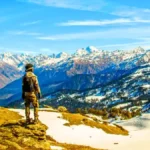
Sikkim boasts numerous sacred lakes, including the famous Gurudongmar and Chho Lamo, located on the North Sikkim plateau, which is surrounded by Tibet.
What is special about Sikkim culture?
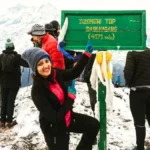
Sikkim’s people are warm, simple, and friendly, with diverse customs and rituals. They are influenced by the ‘Lepchas’, ‘Bhutias’, and ‘Nepalese’ ethnic groups, and enjoy celebrating.
Why is Sikkim called small but beautiful?
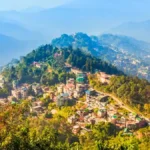
Sikkim, India’s second smallest state, boasts stunning natural beauty, including the Himalayan Mountains, lush forests, diverse flora and fauna, glaciers, alpine meadows, and thousands of wildflower varieties.
Why is Sikkim famous for?
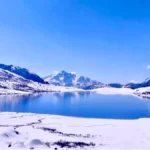
Sikkim, a region in the Eastern Himalayas, is known for its diverse climates and Kangchenjunga, India’s highest peak, and its capital, Gangtok.




